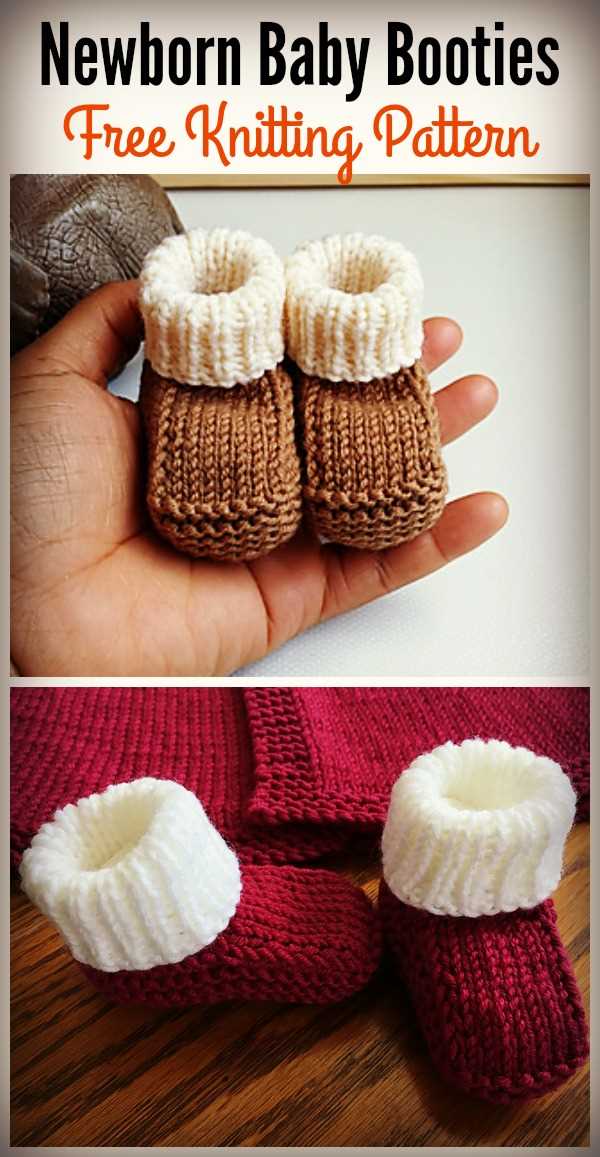
If you are a knitting enthusiast or just looking for a new project, consider making preemie booties. Preemie booties are not only adorable but they also serve a practical purpose. They keep the little feet of premature babies warm and protected. Knitting booties for premature babies can be a rewarding and fulfilling experience, knowing that your creation will bring comfort to a tiny little one.
When it comes to knitting preemie booties, you have a variety of options. There are countless patterns available online that cater specifically to premature babies. These patterns are usually designed to be simple and quick, so you can finish a pair in no time. Whether you are an advanced knitter or a beginner, there is a preemie booties knitting pattern out there that suits your skill level.
A simple preemie booties knitting pattern usually involves basic stitches and techniques, making it easy for beginners to follow along. These patterns typically require only a small amount of yarn, so you can use up your leftover yarn or try out different colors and textures. The small size of preemie booties also means that they are a great way to practice new knitting techniques or experiment with different stitch patterns.
Preemie Booties Knitting Pattern
Knitting booties for premature babies is not only a thoughtful gesture, but it can also provide much-needed warmth and comfort to these tiny little ones. Preemie booties are specially designed to fit the delicate and small feet of premature babies, providing them with protection and warmth.
Materials Needed:
- Soft baby yarn in a color of your choice
- Knitting needles in the appropriate size (usually 3-4mm)
- Yarn needle
- Scissors
Instructions:
- Cast on 20 stitches using the long-tail cast-on method.
- Knit two rows in stockinette stitch (knit one row, purl one row).
- Begin the sole shaping by knitting one row, then knitting two stitches together at the end of the row.
- Continue knitting in stockinette stitch for five more rows.
- Next, knit two stitches together at the beginning of the next row, and then knit across the row.
- Repeat step 5 for the next three rows until you have 10 stitches left.
- Knit one row in stockinette stitch.
- Begin the toe shaping by knitting two stitches together at the beginning of the row, and then knitting across the row.
- Repeat step 8 for the next three rows until you have only two stitches left.
Finishing:
- Cut the yarn, leaving a long tail.
- Thread the yarn through the last two stitches and pull tight to close the toe.
- Use the yarn needle to sew up the back seam of the bootie.
- Weave in any loose ends.
Repeat these instructions to make a pair of preemie booties for each foot.
By creating these preemie booties, you can make a small difference in the lives of premature babies and their families. These tiny knit booties will not only keep their feet warm but also provide a sense of comfort and care during an important stage of their lives.
Understanding Preemie Booties
Preemie booties are specifically designed and created for premature babies. These tiny little booties are made to fit the delicate and small feet of premature infants, providing them with warmth and comfort. Knitting preemie booties requires special attention to detail and careful selection of materials to ensure the utmost safety and comfort for these tiny babies.
When knitting preemie booties, it is important to use soft and breathable yarns to prevent irritation or discomfort. It is also crucial to select yarns that are hypoallergenic and gentle on sensitive baby skin. Additionally, preemie booties should be designed with a snug fit to keep the baby’s feet warm and secure. They should also be easy to put on and take off, as premature babies often have medical equipment attached to their bodies.
Tips for knitting preemie booties:
- Choose fine yarn that is soft and gentle on the baby’s skin.
- Select hypoallergenic yarn to prevent any allergic reactions.
- Use small and lightweight knitting needles to create a delicate and soft texture.
- Pay attention to the size of the booties to ensure they fit the baby’s feet properly.
- Add embellishments, such as buttons or bows, sparingly and securely to prevent choking hazards.
By following these guidelines, you can create preemie booties that are not only adorable but also safe and comfortable for premature babies. The act of knitting these booties is a thoughtful and loving gesture that can provide warmth and comfort to these little ones during their journey in the neonatal intensive care unit.
Materials Needed
When knitting preemie booties, it’s important to have the right materials on hand to ensure a comfortable and warm fit. Here are the materials you will need for this knitting pattern:
- Yarn: Choose a soft and lightweight yarn that is specifically designed for preemie babies. This will help keep their tiny feet warm without weighing them down. Look for yarn that is made from natural fibers, such as cotton or bamboo, as these tend to be the softest and most hypoallergenic options.
- Knitting Needles: Select a pair of knitting needles that are the appropriate size for the yarn you have chosen. For preemie booties, a smaller needle size, such as US size 2 or 3 (2.75mm or 3.25mm), is typically used to create a tight and sturdy fabric.
- Tapestry Needle: A tapestry needle is necessary for weaving in loose ends and sewing any seams that may be required for the booties.
- Scissors: A pair of sharp scissors is essential for cutting the yarn and trimming any excess.
- Stitch Markers: Optional, but helpful for marking important points in the pattern, such as the beginning of each round or any increases or decreases.
- Measuring Tape: A measuring tape or ruler is useful for checking your gauge and ensuring that the booties will fit correctly on a preemie baby’s foot.
Gathering these materials before you start knitting will make the process much smoother and ensure that you have everything you need to create beautiful and comfortable preemie booties.
Choosing the Right Yarn
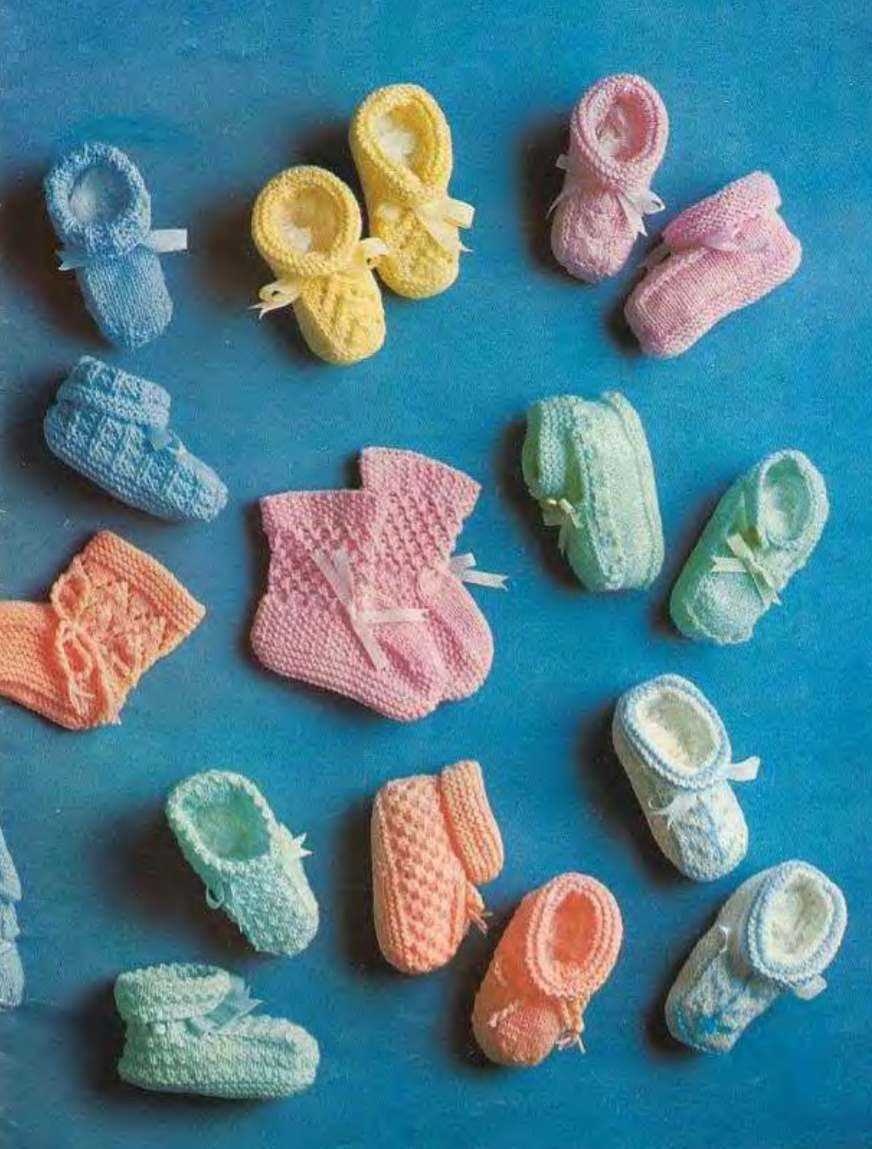
When knitting preemie booties, it is important to choose the right yarn to ensure that the tiny feet are kept warm and comfortable. There are several factors to consider when selecting yarn for this project.
1. Fiber Content:
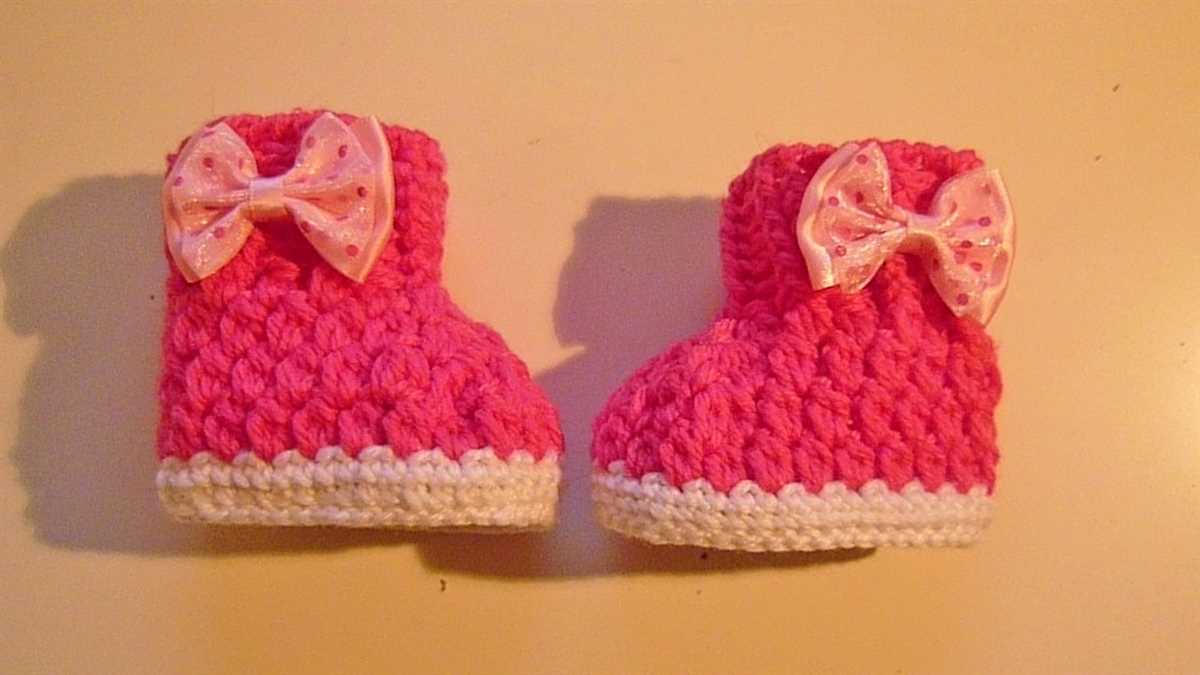
The fiber content of the yarn is crucial, as it determines the yarn’s softness, warmth, and breathability. For preemie booties, it is recommended to choose a soft and gentle yarn that is sensitive to the delicate skin of premature babies. Natural fibers like cotton or bamboo are ideal choices, as they are gentle, hypoallergenic, and allow the baby’s feet to breathe.
2. Weight:
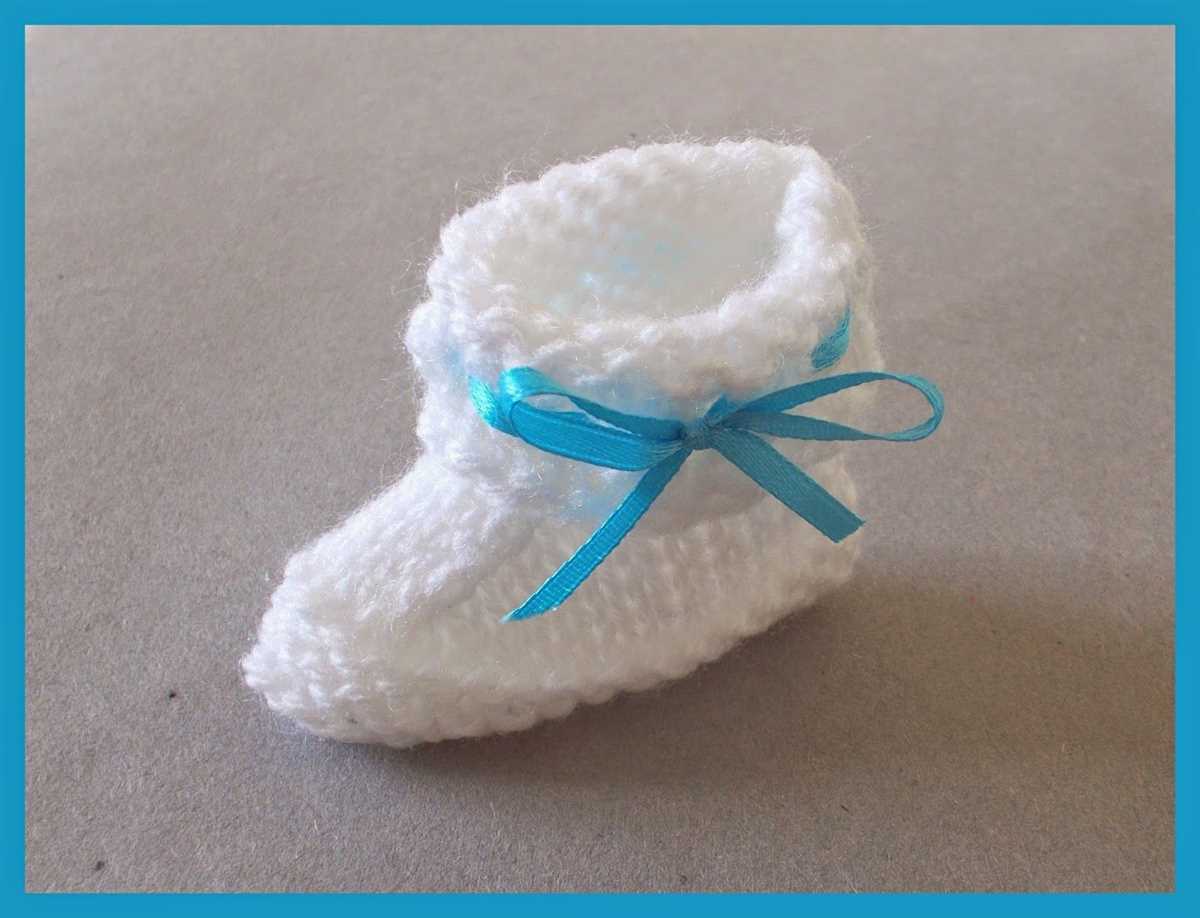
The weight of the yarn plays a significant role in the overall texture and warmth of the booties. It is advisable to use a lightweight yarn, such as a DK (double knitting) or sport weight yarn, for preemie booties. These yarns are thinner and provide a finer knit, making the booties soft and comfortable without adding too much bulk.
3. Care Instructions:
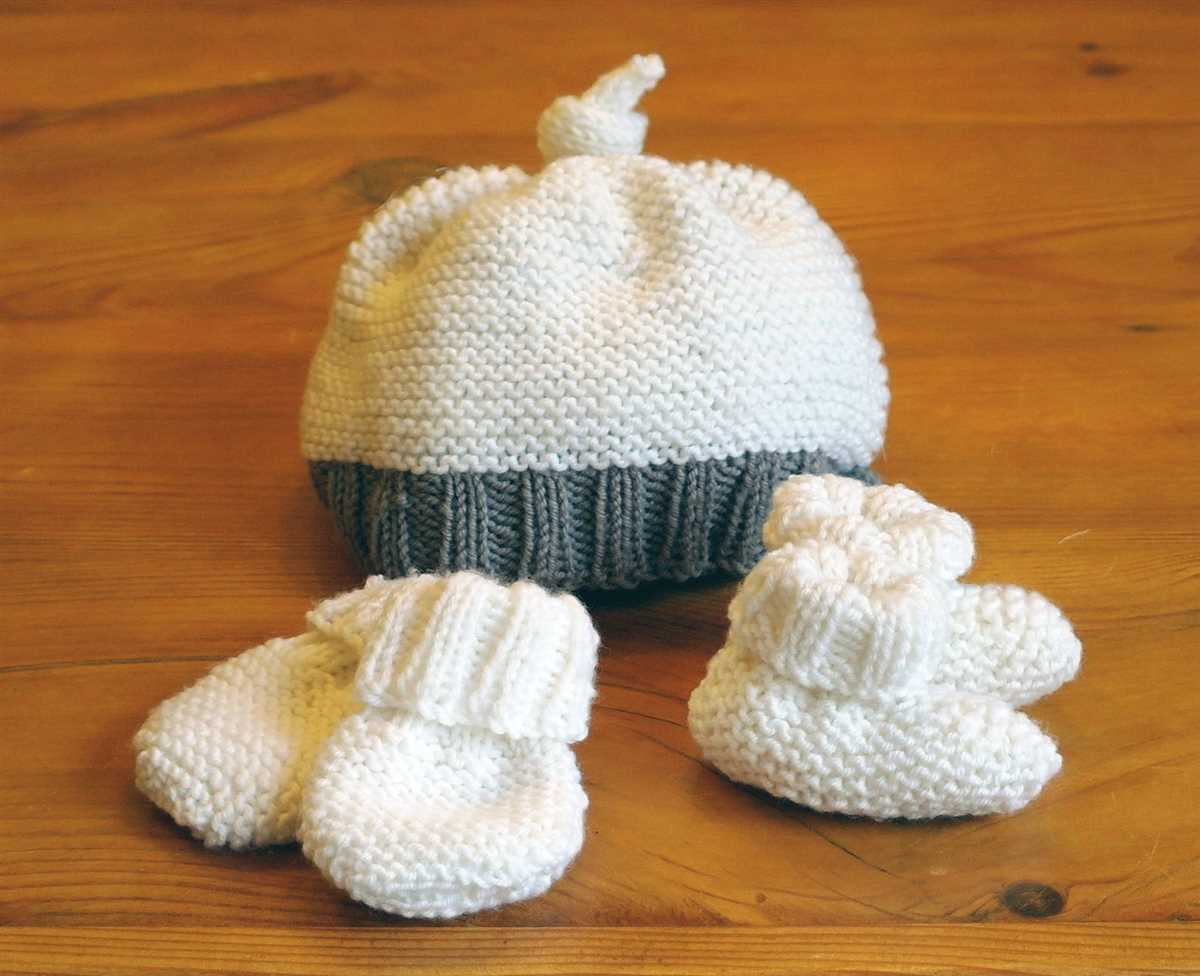
Considering the care instructions of the yarn is important, as preemie booties require frequent washing. Look for yarn that is machine washable to make the cleaning process easier and more convenient. Additionally, choosing yarn that can be tumble dried or air-dried quickly will ensure that the booties are ready for use again in no time.
4. Colors and Patterns:
While the practical aspects of yarn selection are crucial, it’s also important to consider the aesthetic appeal. Opt for yarn in a variety of colors and patterns to make the preemie booties visually appealing. Bright and cheerful colors can bring joy to both the tiny wearer and their parents. However, ensure that any dyes or colors used are non-toxic and safe for sensitive baby skin.
In conclusion, selecting the right yarn for knitting preemie booties involves considering factors like fiber content, weight, care instructions, and colors. By choosing a soft and gentle yarn that is easy to care for and visually appealing, you can create booties that will keep premature babies comfortable and cozy.
Selecting the Right Needle Size
When knitting preemie booties, it is crucial to select the appropriate needle size to ensure the desired outcome. The needle size can greatly affect the size and gauge of the finished product. Therefore, it is important to consider several factors when choosing the right needle size.
Gauge: The gauge refers to the number of stitches and rows per inch in a knitted fabric. To achieve the correct gauge for a preemie booties pattern, it is necessary to use the recommended needle size. Using a larger or smaller needle than specified can result in a larger or smaller final product, respectively.
Yarn weight: The needle size should also be determined by the weight of the yarn being used. Thicker yarns typically require larger needles, while thinner yarns require smaller needles. This ensures that the stitches are not too loose or too tight, creating a more balanced and even fabric.
Desired texture: The needle size can also impact the texture of the knitted fabric. Smaller needles tend to create tighter, denser stitches, resulting in a more structured and firm fabric. On the other hand, larger needles can produce looser, more open stitches, creating a softer and drapier fabric.
Pattern recommendations: It is advisable to follow the pattern’s recommended needle size, as the designer has likely taken into account all the necessary factors to achieve the desired outcome. Deviating from the recommended needle size may alter the finished product and potentially affect the fit and appearance of the booties.
Personal preference: Lastly, personal preference also plays a role in selecting the right needle size. Some knitters may prefer a looser or tighter tension, and this can influence the choice of needle size. It is important to experiment and find the ideal needle size that produces the desired results and matches the individual’s knitting style.
Overall, selecting the right needle size is essential in knitting preemie booties to ensure the correct gauge, appropriate yarn tension, desired texture, and overall fit of the finished product. Consideration of all the factors mentioned above will help knitters achieve the best results and create beautiful and comfortable booties for preemies.
Gauge Swatch
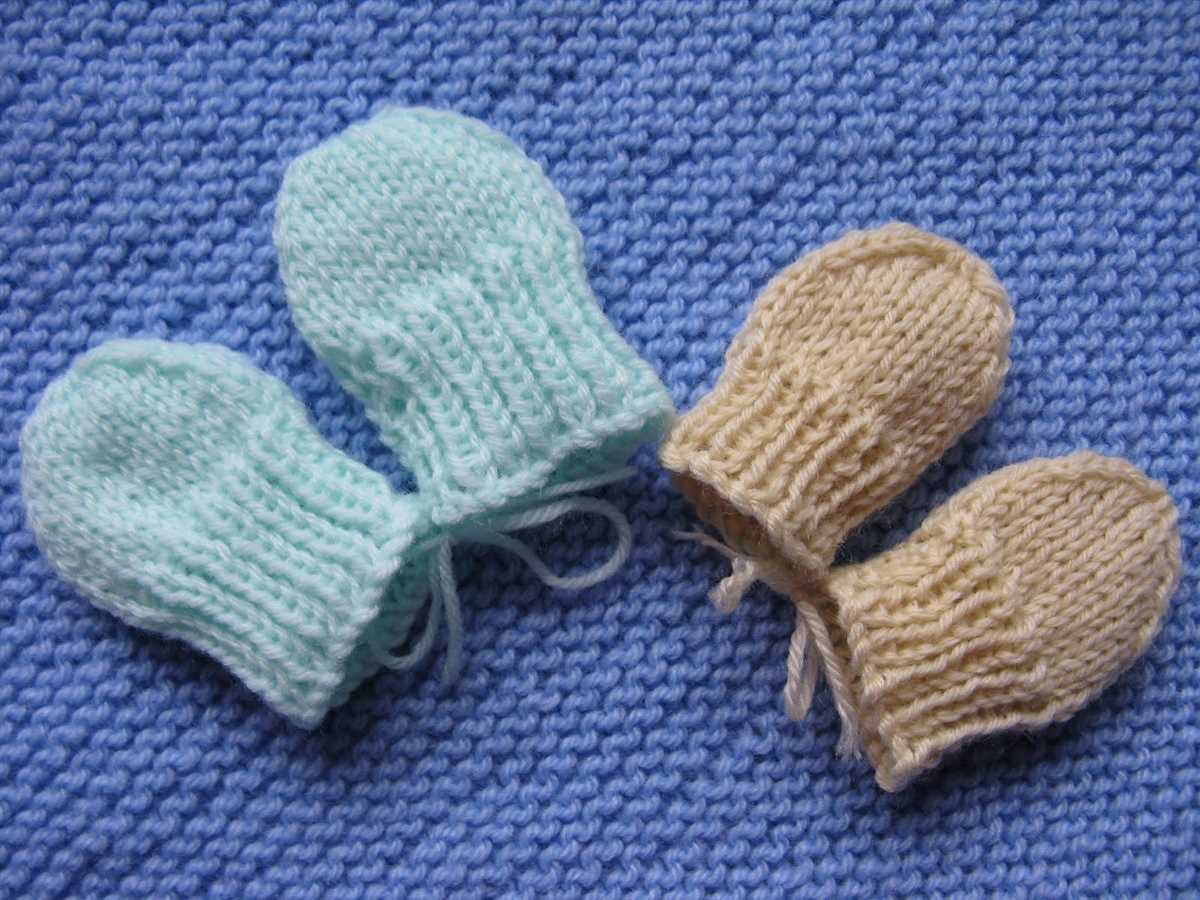
A gauge swatch is an essential step in knitting, especially when you are working on a project that requires a specific size or fit. It is a small square or rectangle of knitted fabric that helps you determine the correct tension or gauge for your project.
Why is a gauge swatch important?
A gauge swatch allows you to check if your knitting matches the required tension or gauge specified in the knitting pattern. Tension refers to the number of stitches and rows per inch or centimeter, and it can vary depending on factors such as the thickness of yarn and the size of the knitting needles.
How to knit a gauge swatch?
To knit a gauge swatch, you will need the same yarn and needles that you plan to use for your project. Cast on a sufficient number of stitches to create a square or rectangle that measures at least 4×4 inches (10×10 cm).
| Instructions |
|---|
| 1. Using the specified knitting needles and yarn, cast on the required number of stitches. |
| 2. Follow the knitting pattern instructions for the specified number of rows. |
| 3. Measure the dimensions of your swatch using a ruler or tape measure. |
| 4. Count the number of stitches and rows within a known area (e.g., 1 inch or 10 cm). |
| 5. Compare your measurements and stitch/row counts to the gauge specified in the pattern. |
If your measurements and stitch/row counts match the gauge specified in the pattern, then you can be confident that your tension is correct, and you can continue knitting your project. However, if your swatch does not match the gauge, you will need to adjust your tension by either changing your knitting needles or switching to a different yarn weight.
In conclusion, taking the time to knit a gauge swatch before starting your project can save you from potential sizing and fitting issues. It ensures that your finished item will turn out as intended and helps you achieve the desired results.
Casting On
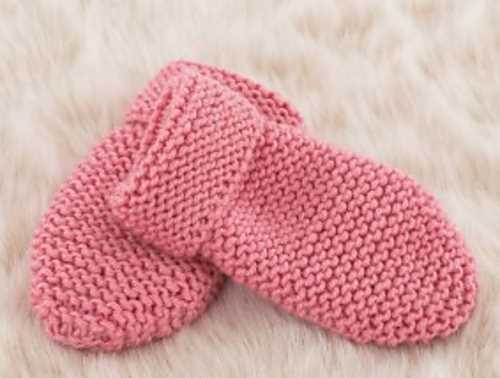
When starting your knitting project, the first thing you need to do is cast on. Casting on is the process of creating the first row of stitches on your knitting needle. It’s the foundation of your project, so it’s important to get it right.
There are different methods of casting on. The most common method is the long tail cast on. It involves creating a slipknot, placing it on one of the knitting needles, and then using the tail of the yarn to create the first row of stitches. Another method is the backward loop cast on, which is simpler and faster but not as secure as the long tail cast on.
Before you start casting on, make sure you have the right number of stitches required for your pattern. You can find this information in the pattern instructions.
Once you have determined the method of casting on, follow the steps carefully. It’s essential to keep your stitches even and not too tight, as this will affect the overall tension of your project. Take your time and practice if needed until you feel comfortable with the technique.
Remember, the cast on row sets the stage for the rest of your project, so it’s worth taking the time to get it right.
Knitting the Sole
The sole is an essential part of any bootie, as it provides comfort and protection for the baby’s delicate feet. When knitting the sole, it is important to choose a soft and durable yarn that will be comfortable against the baby’s skin. You can use a variety of yarns, such as cotton or acrylic, depending on your preference and the season. The pattern usually calls for a specific gauge, so make sure to check your tension before starting.
Start by casting on the required number of stitches, usually around 30 to 40, depending on the size of the bootie. For a seamless finish, you can use a provisional cast-on method or simply cast on using your preferred method. Work the first row in knit stitches to create a smooth surface for the baby’s foot. Then, follow the pattern instructions to create the desired sole shape.
- Work the sole in a rib or garter stitch pattern for a stretchy and flexible fit.
- You can add decorative touches, such as cables or eyelets, to make the sole more visually appealing.
- For added comfort, you can knit the sole with a slightly thicker yarn to provide extra cushioning.
After completing the sole, you can continue knitting the bootie by working up the sides and shaping the instep. The sole is a crucial foundation for the rest of the bootie, so it’s important to take your time and ensure that it is knit with care. Once you have finished knitting, don’t forget to block your booties to give them a professional finish and help them retain their shape.
Shaping the Booties
When knitting preemie booties, it is essential to shape the booties properly to ensure a good fit for the tiny feet. Here are some steps to follow when shaping the booties:
1. Decreasing for the toe
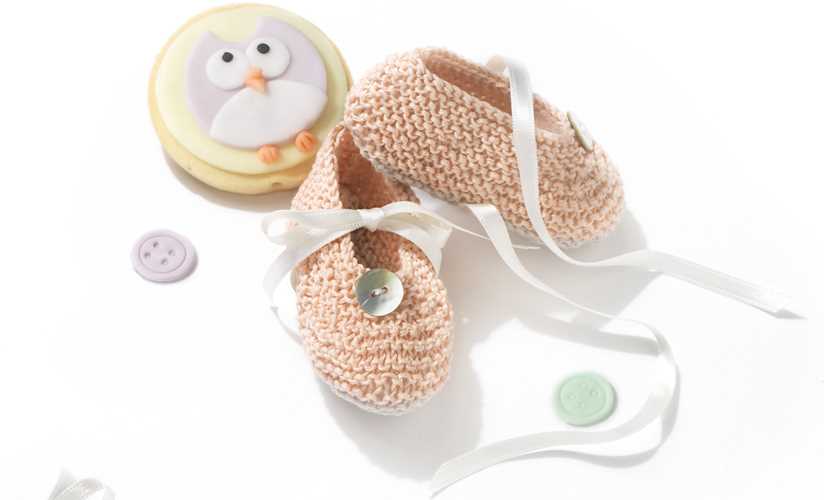
Start by knitting the desired number of stitches for the toe section of the bootie. To decrease for the toe, you can use a decrease method such as knit two stitches together (K2tog) or slip slip knit (SSK). Work the decreases evenly across the row, maintaining the stitch pattern if there is one. This will narrow the front of the bootie and create a rounded toe shape.
2. Shaping the heel
After shaping the toe, it’s time to shape the heel. This can be done by working short rows or by using a combination of decreases and increases. Short rows involve knitting or purling a certain number of stitches and then turning the work before reaching the end of the row. This creates a curve in the fabric that mimics the shape of a heel. Alternatively, you can use decreases and increases to shape the heel by gradually narrowing and then widening the stitches.
3. Creating the ankle cuff
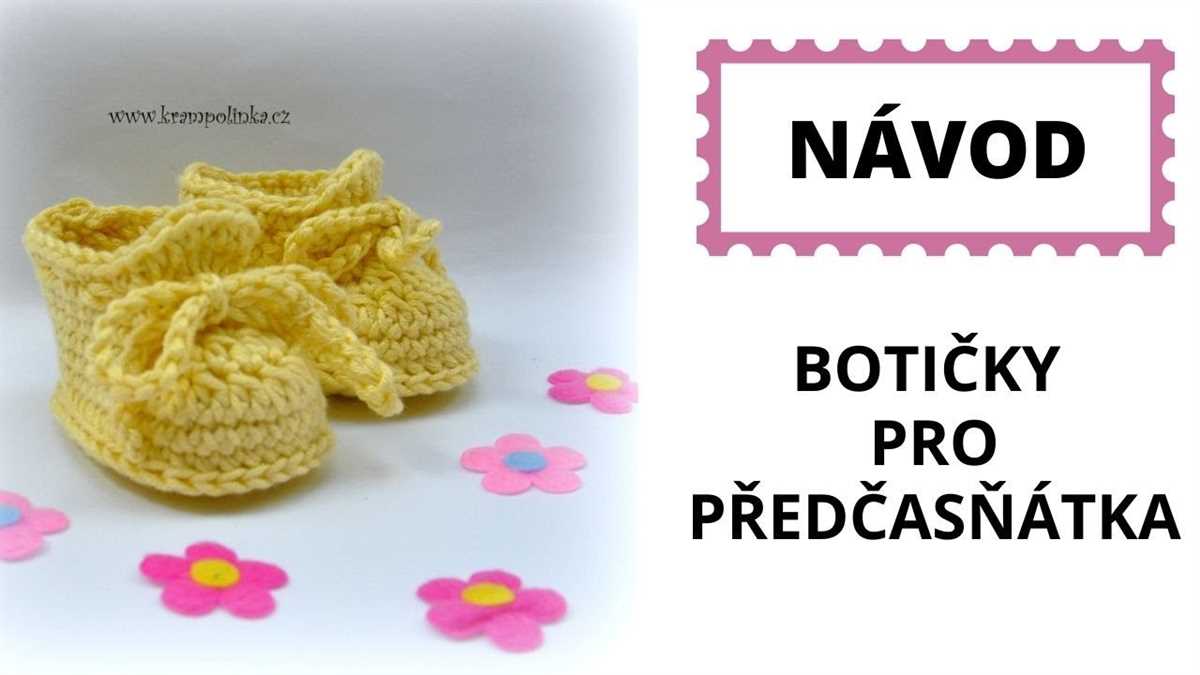
Once the toe and heel sections are shaped, it’s time to create the ankle cuff. This can be done by continuing to knit in the desired stitch pattern or by switching to a ribbing or seed stitch for added stretch and elasticity. Knit the desired length for the cuff, making sure it is long enough to fold over the ankle comfortably. Bind off the stitches, and weave in any loose ends to finish the bootie.
Finishing Touches
Completing your preemie booties knitting project doesn’t stop at just knitting the pieces together. The finishing touches are just as important to make the booties functional and visually appealing.
Before adding the finishing touches, remember to weave in any loose ends from your knitting. This ensures that the booties have a neat and professional finish. Use a tapestry needle and carefully weave the ends into the knitted fabric, making sure they are secure and hidden.
1. Ribbing
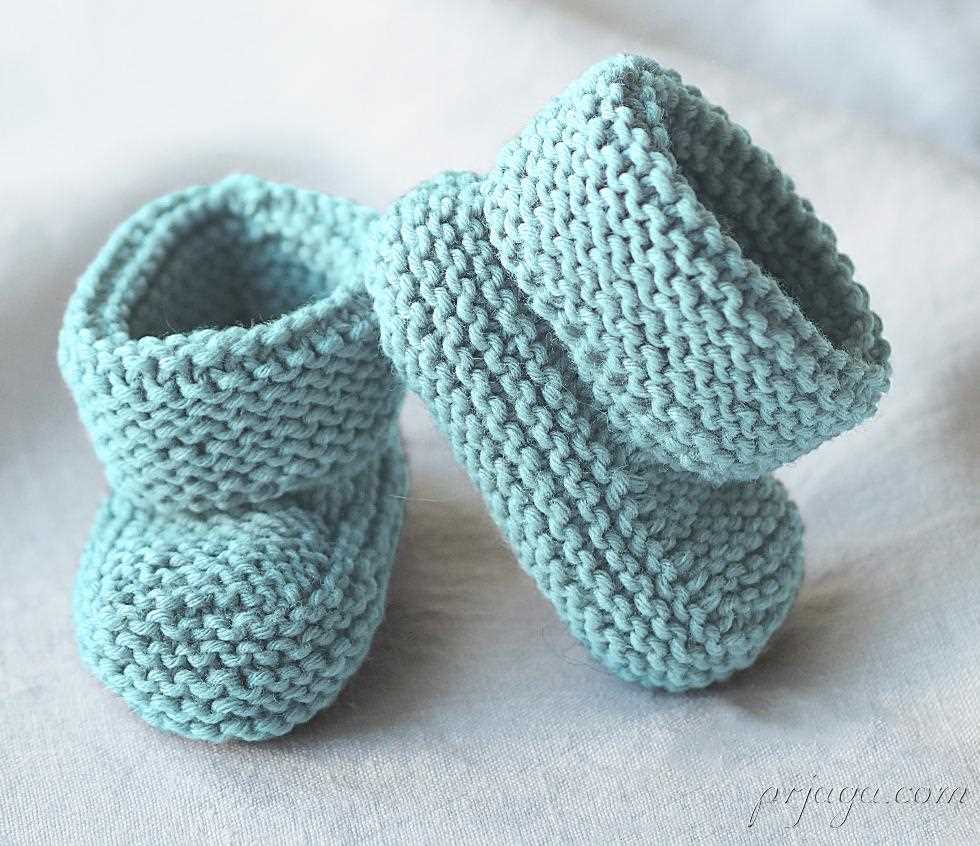
One of the finishing touches you can add to your preemie booties is ribbing on the cuff. Ribbing not only adds elasticity to the cuff, but it also gives a nice textured look. You can choose to knit the ribbing in a contrasting color or the same color as the rest of the bootie. The most common ribbing pattern is K1, P1, alternating between knit and purl stitches. Knit the ribbing for a few rows, then bind off.
2. Buttons or Snaps
To securely fasten the booties, you can add buttons or snaps to the straps or sides. This not only adds a cute detail but also ensures that the booties stay on the baby’s feet. Choose small buttons or snaps that are safe for babies and sew them on securely.
3. Embellishments
If you want to add some extra flair to your preemie booties, you can consider adding embellishments such as bows, flowers, or appliques. These can be knit separately and sewn onto the booties, or you can use fabric or felt to create the embellishments. Make sure to securely sew them onto the booties so they don’t pose a choking hazard for the baby.
With these finishing touches, your preemie booties will not only keep the baby’s feet warm and cozy but will also be a cute accessory. Take your time to complete these final steps, and you’ll be proud of the adorable booties you’ve created.
Tips and Tricks for Preemie Booties Knitting
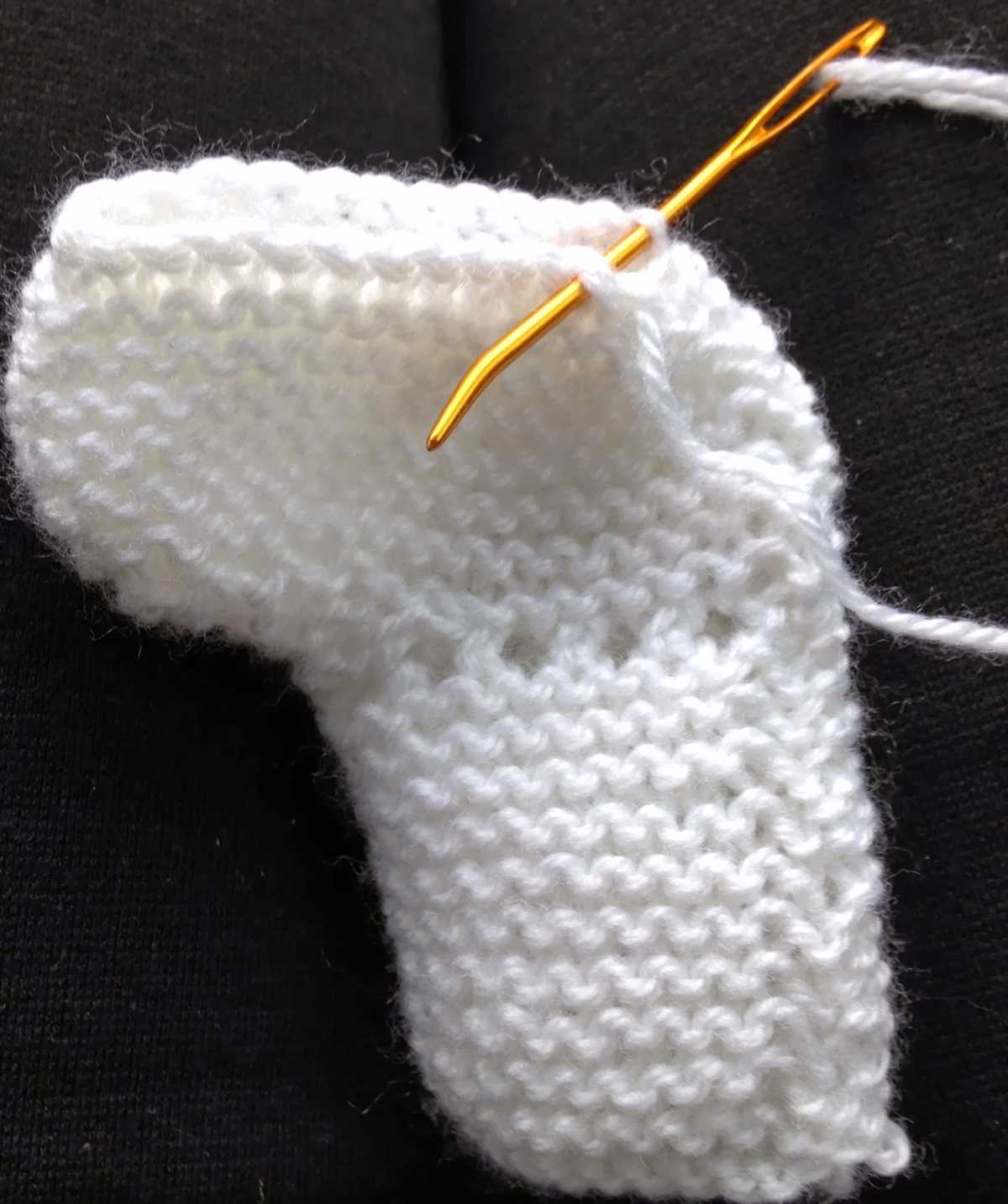
Knitting preemie booties can be a rewarding and fulfilling project, as you are creating something special for tiny, delicate feet. However, as with any knitting project, it’s important to keep a few tips and tricks in mind to ensure that your booties turn out just right.
Choose the Right Yarn
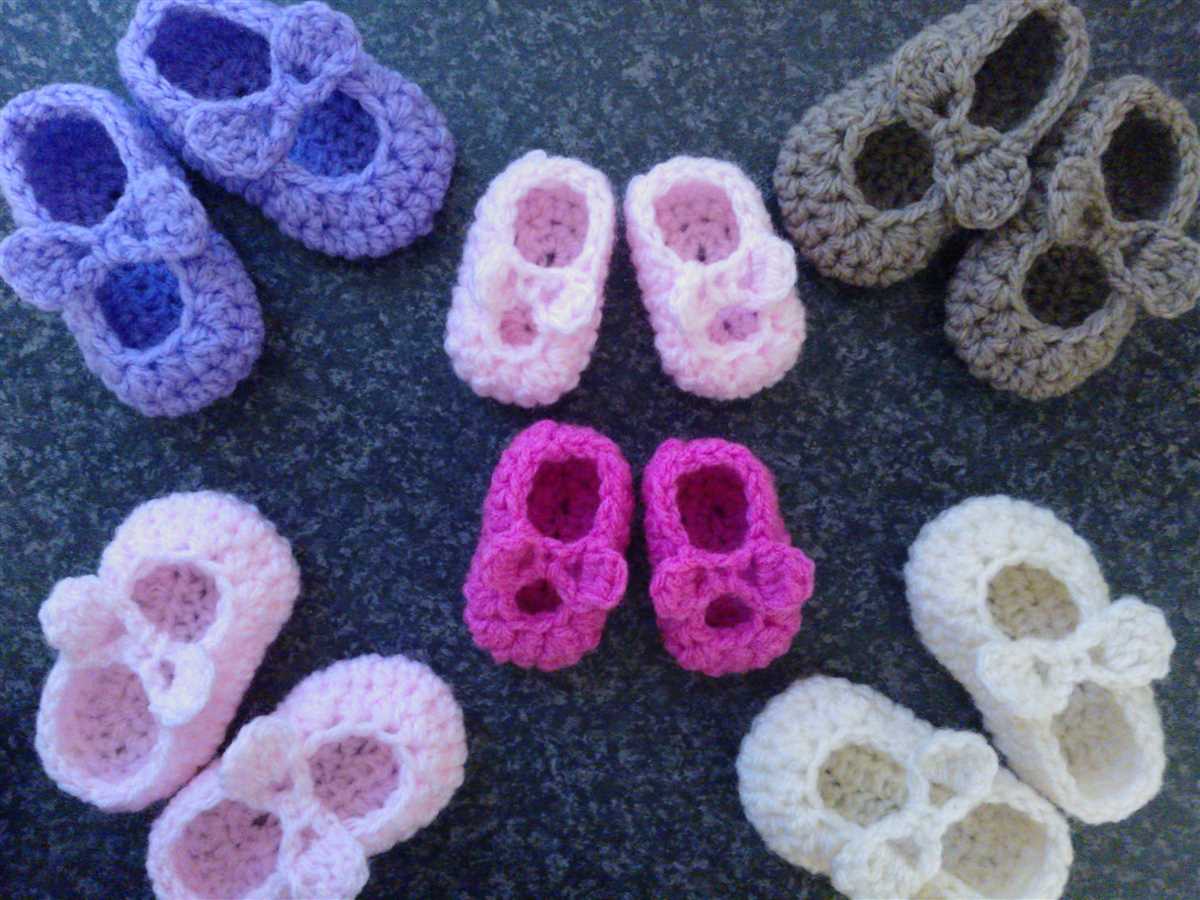
When selecting yarn for preemie booties, it’s important to choose a soft and gentle yarn that will be gentle on sensitive skin. Look for yarns labeled as “baby” or “soft” to ensure the best comfort for the little ones. Additionally, consider using finer weight yarns as they are more suitable for small projects and will create a delicate finished product.
Size Matters
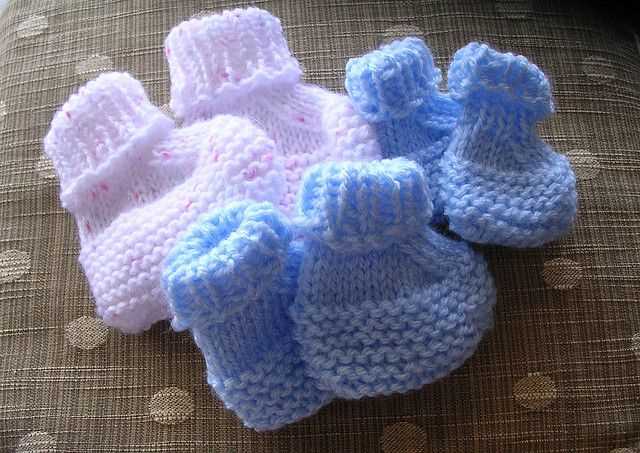
Since preemie booties are meant for tiny, delicate feet, it’s crucial to pay attention to the sizing. Use a knitting gauge to ensure that your stitches per inch match the pattern’s specifications. Additionally, consider using smaller knitting needles or adjusting the pattern if needed to achieve the desired size. Keep in mind that premature babies come in different sizes, so it’s helpful to have multiple sizes of booties on hand.
Pay Attention to Details
Details make a difference when it comes to preemie booties. Take the time to carefully weave in loose ends to ensure there are no uncomfortable or scratchy bits inside the booties. Additionally, consider adding small embellishments, such as buttons or bows, to personalize the booties and make them even more special.
Consider Practicality
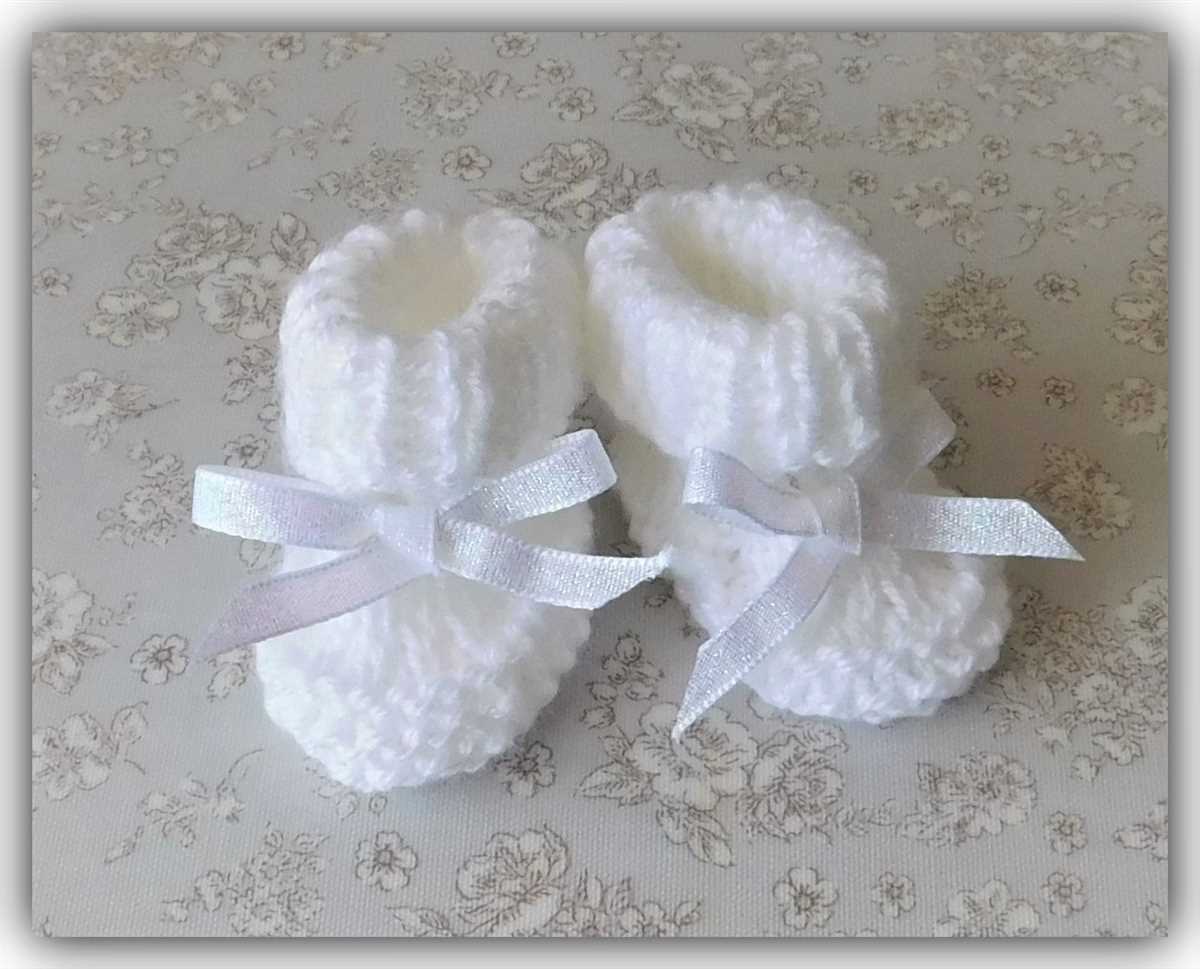
Preemie booties should not only be cute but also practical. Choose patterns that are easy to put on and take off, as premature babies may have delicate or sensitive skin. Consider using patterns with button or tie closures, as these allow for easy adjustments and a secure fit on tiny feet.
By keeping these tips and tricks in mind while knitting preemie booties, you can create beautiful and comfortable footwear for these little miracles. Remember to take your time, enjoy the process, and embrace the joy that comes from knitting something with love and care.
Frequently Asked Questions about Preemie Booties Knitting
Here are some commonly asked questions about knitting preemie booties:
1. What materials do I need to knit preemie booties?
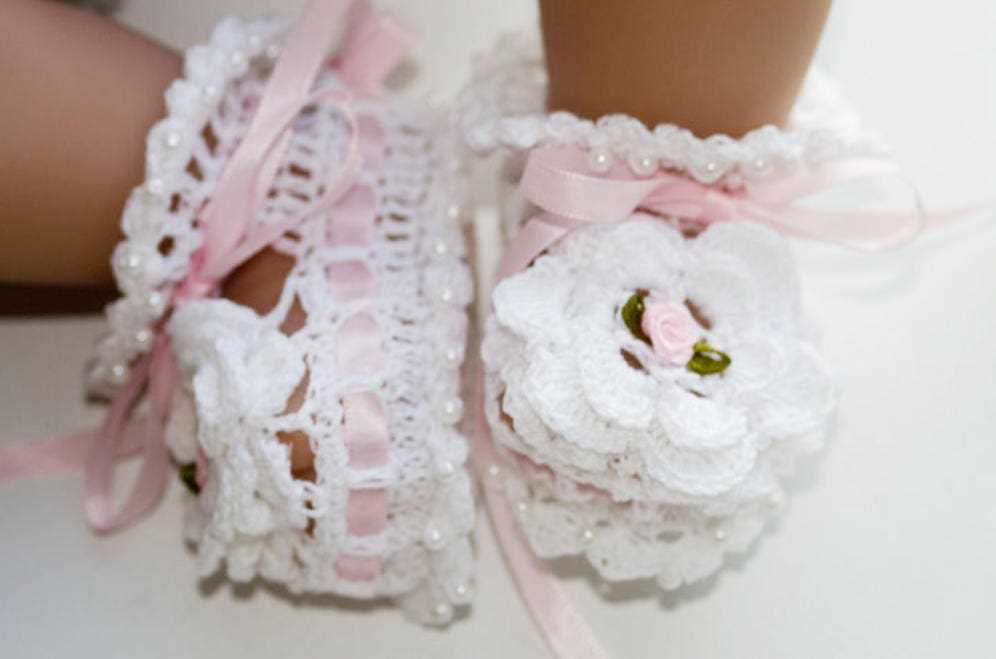
To knit preemie booties, you will need:
- Knitting needles (size may vary depending on the pattern)
- Fine yarn suitable for preemie booties
- A tapestry needle for weaving in ends
- Scissors for cutting yarn
2. Are preemie booties difficult to knit?
Preemie booties can be relatively easy to knit, especially if you have experience with basic knitting stitches. However, some patterns may include more advanced techniques, so it’s important to choose a pattern that matches your skill level.
3. Can I use different yarn weights for preemie booties?
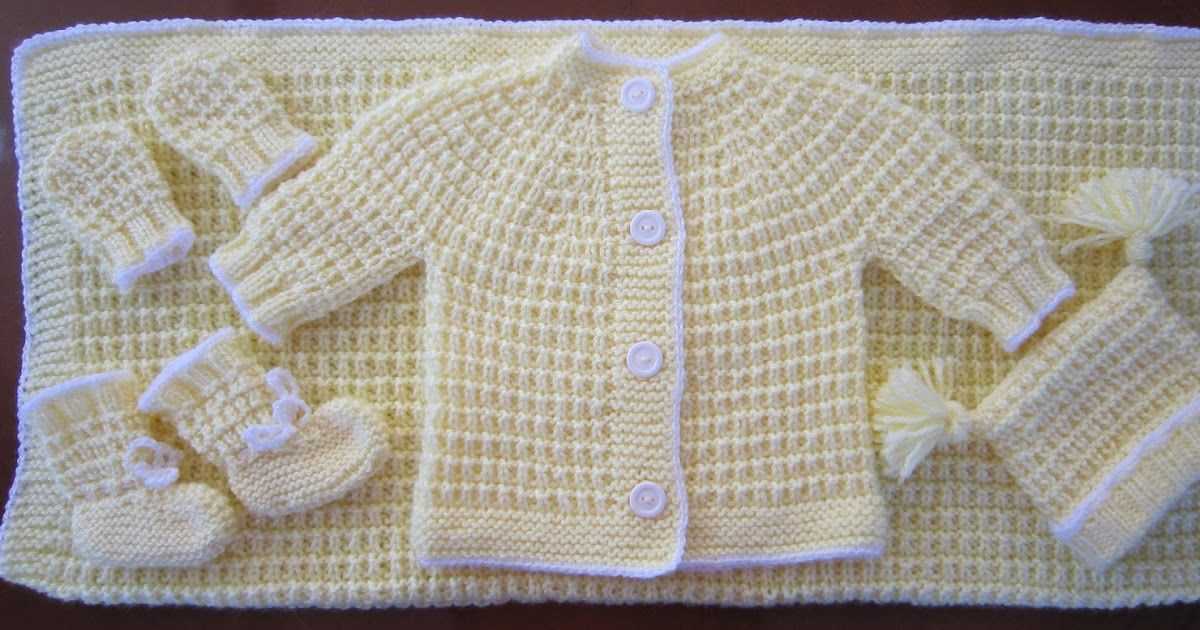
While it’s recommended to use fine yarn suitable for preemie booties, you can experiment with different yarn weights as long as you adjust the needle size and follow the pattern carefully. Keep in mind that using thicker yarn may result in larger booties that may not fit preemies properly.
4. How can I make sure the booties will fit a preemie?
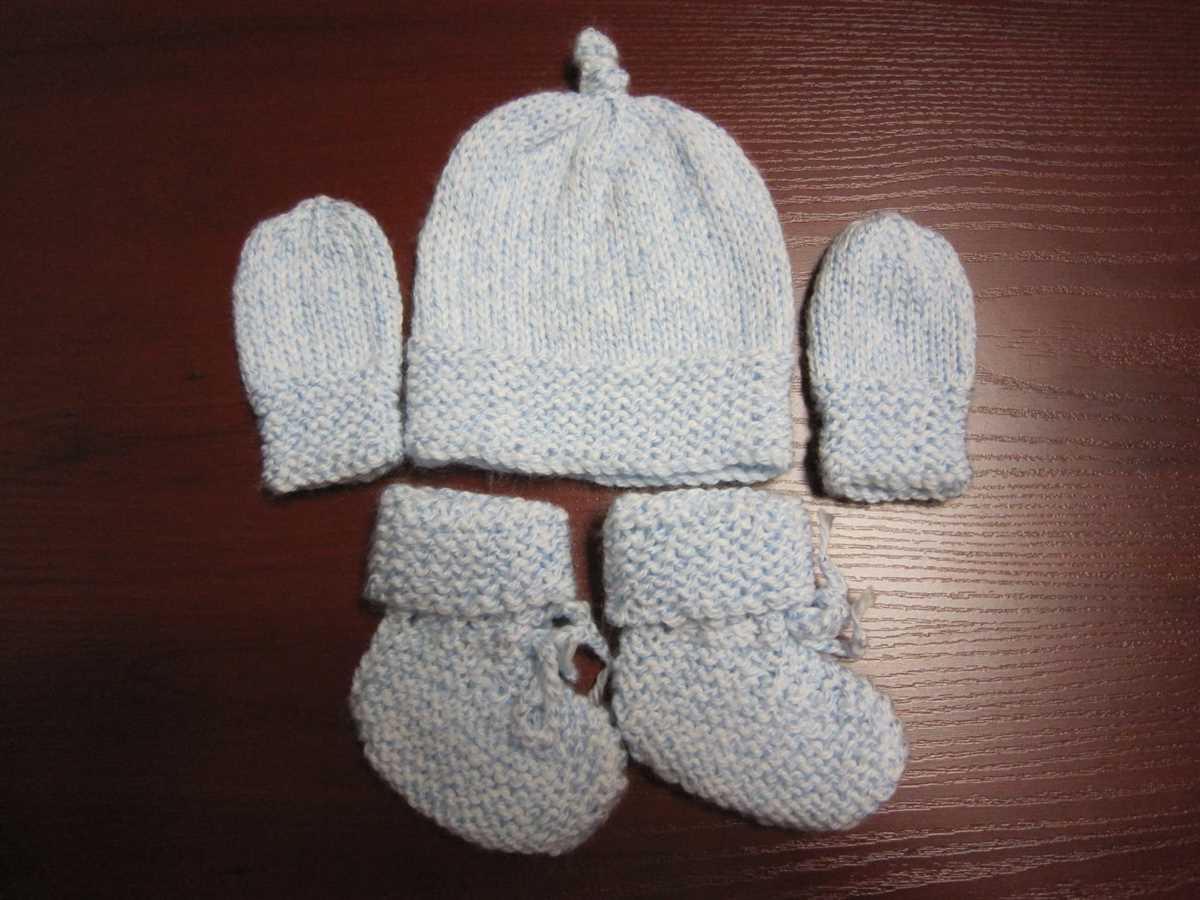
To ensure the preemie booties will fit, it’s important to follow the pattern’s gauge and use the recommended yarn and needle size. Additionally, consider the foot measurements of the preemie you are knitting for. If possible, measure their foot length and adjust the pattern accordingly.
5. Can preemie booties be machine washed?
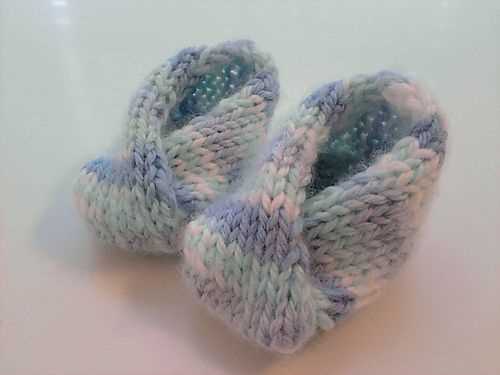
It’s generally recommended to hand wash preemie booties to ensure they retain their shape and softness. However, some fine yarns may be machine washable on a gentle cycle. Always check the yarn label for washing instructions and consider the delicacy of the booties before deciding to machine wash them.
Conclusion
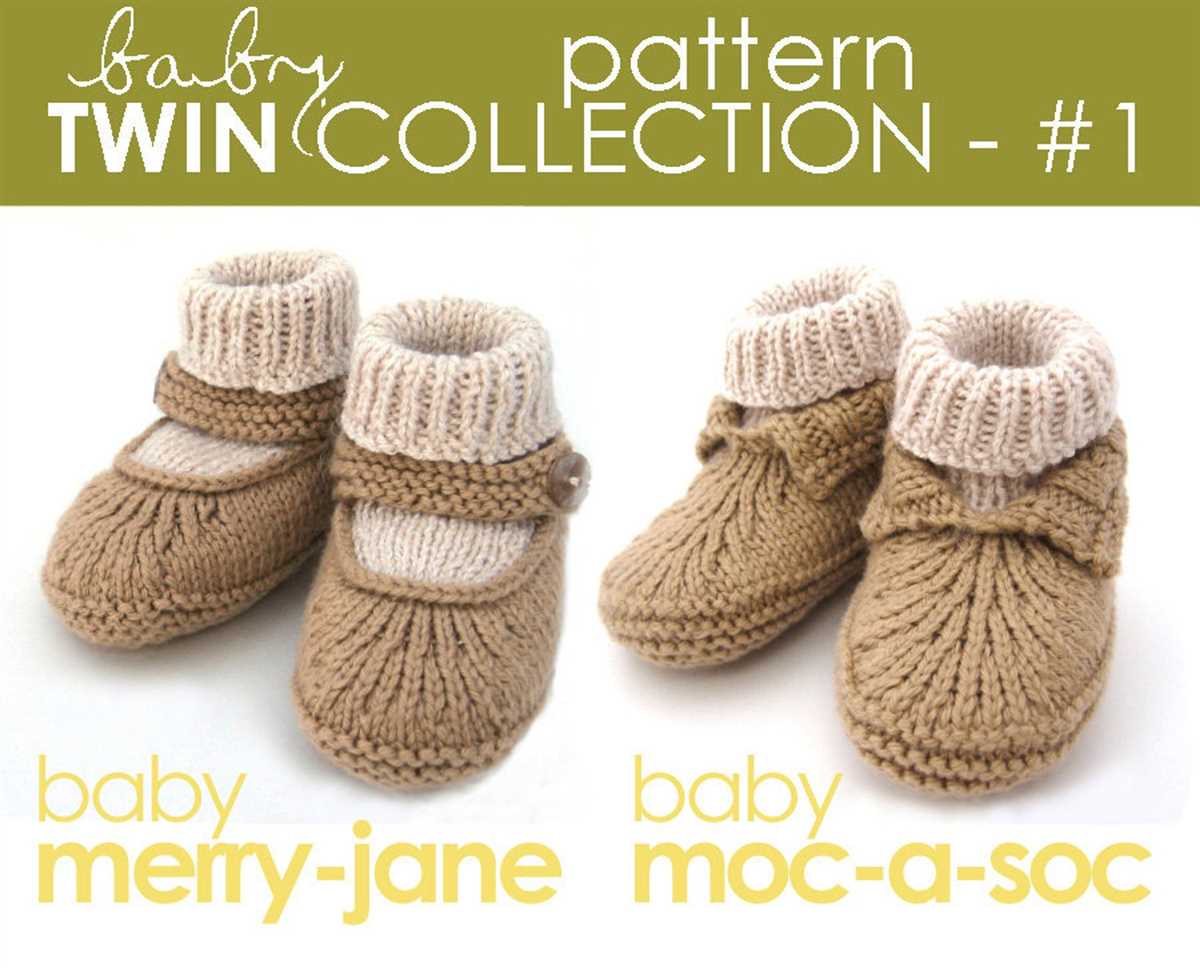
Knitting preemie booties can be a rewarding and heartfelt project. With the right materials and a suitable pattern, you can create tiny, cozy booties that are perfect for preemies. Remember to always consider the comfort and safety of the baby, and don’t hesitate to reach out to knitting communities or resources if you have any further questions or need guidance.
Q&A:
What is a preemie booties knitting pattern?
A preemie booties knitting pattern is a set of instructions and guidelines for knitting booties specifically designed for premature babies. These patterns typically include information about the size, materials, and techniques needed to create the booties, as well as step-by-step instructions for the knitting process.
Why do preemies need specific booties?
Preemies have unique needs, including smaller feet and more delicate skin. Specific booties are designed to fit their tiny feet properly and provide warmth and protection. These booties are also often made from soft and hypoallergenic materials to ensure comfort and reduce the risk of irritation or allergies.
Where can I find preemie booties knitting patterns?
There are many resources available for finding preemie booties knitting patterns. You can search online on knitting websites, forums, and pattern databases. Additionally, knitting books and magazines may also have patterns specifically for preemie booties.
What materials are typically used for preemie booties?
Preemie booties are often made from soft and lightweight yarns, such as baby acrylic or cotton. These materials are gentle on the baby’s sensitive skin and provide the necessary warmth. Additionally, using smaller knitting needles can help achieve the right gauge and create a tighter knit for better insulation.
Are preemie booties difficult to knit?
The difficulty level of knitting preemie booties can vary depending on the pattern and your knitting skills. Some patterns may be more intricate and require advanced techniques, while others may be simpler and suitable for beginners. It’s important to choose a pattern that matches your skill level and comfort with knitting in order to successfully complete the booties.
What are preemie booties?
Preemie booties are small, knitted or crocheted shoes specifically designed for premature babies. They are used to keep the babies’ feet warm and protected.
Why do premature babies need special booties?
Premature babies have delicate and underdeveloped skin, and they struggle to regulate their body temperature. Special booties provide extra warmth and protection to their tiny feet.